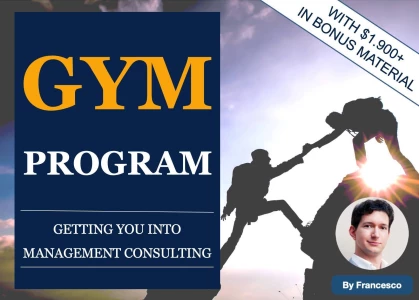Hello,
I have been invited for a case study for a finance officer role. They have not shared the content of the case study, but it is structured as a 90 minute period to prepare followed by a 30 mins presentation for a panel. What would you recommend is the best way to structure my responses for the case?











